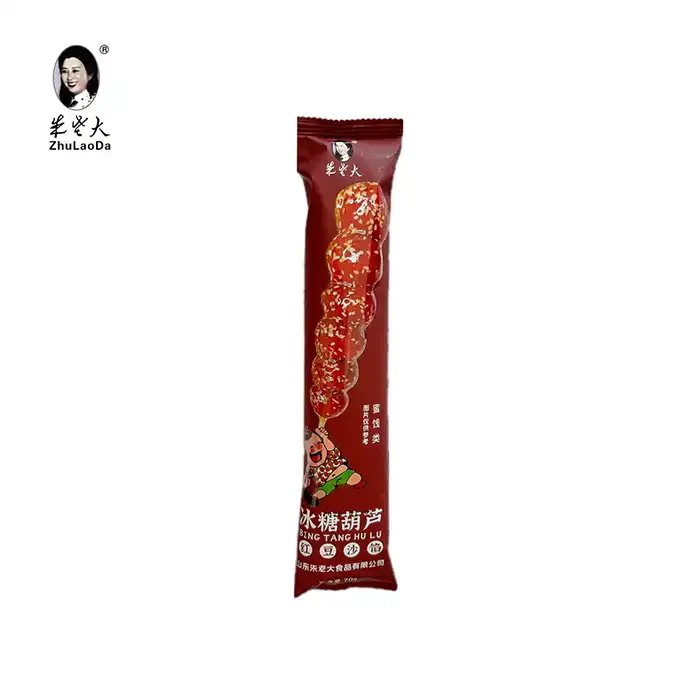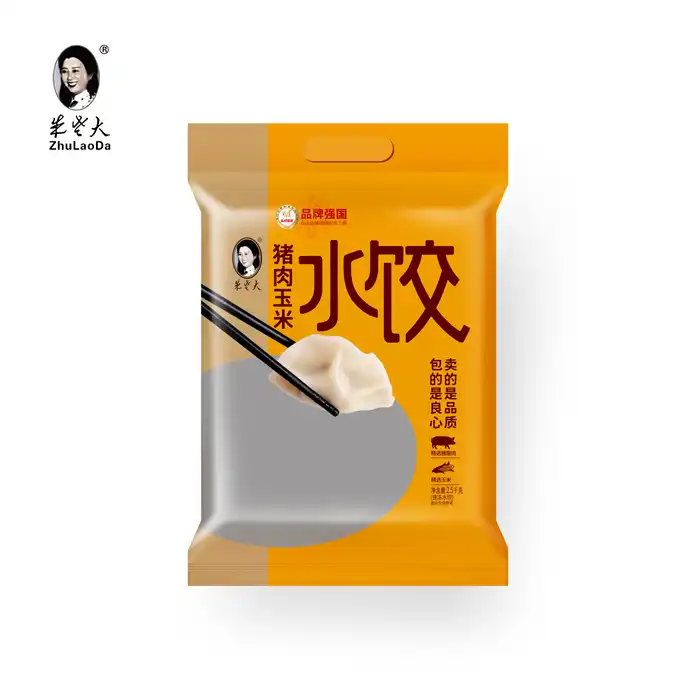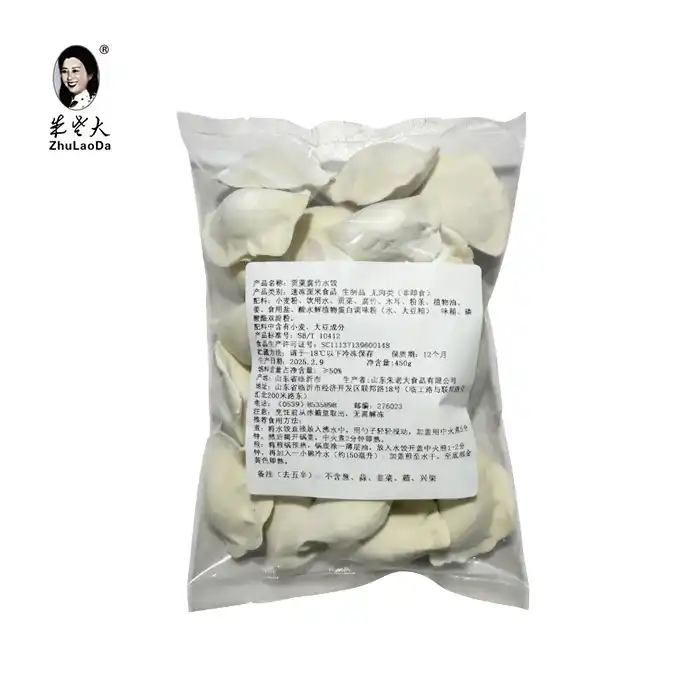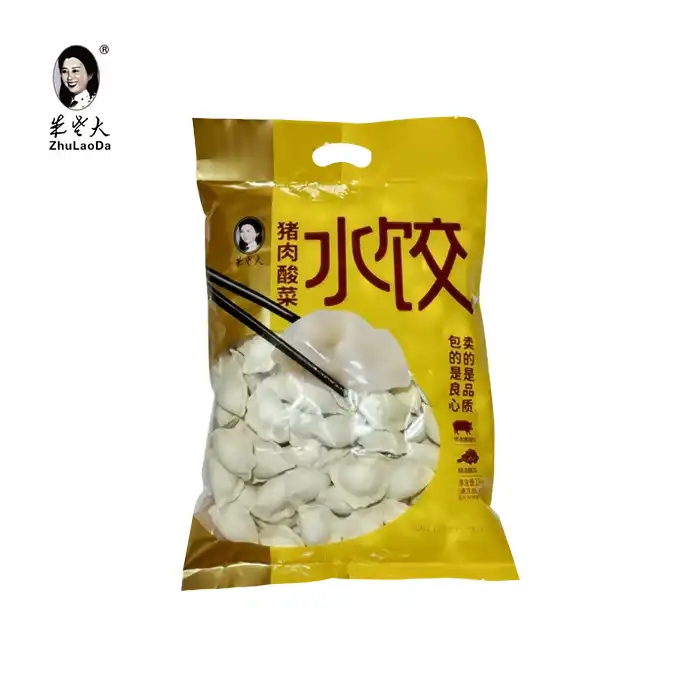- English
- French
- German
- Portuguese
- Spanish
- Russian
- Japanese
- Korean
- Arabic
- Greek
- German
- Turkish
- Italian
- Danish
- Romanian
- Indonesian
- Czech
- Afrikaans
- Swedish
- Polish
- Basque
- Catalan
- Esperanto
- Hindi
- Lao
- Albanian
- Amharic
- Armenian
- Azerbaijani
- Belarusian
- Bengali
- Bosnian
- Bulgarian
- Cebuano
- Chichewa
- Corsican
- Croatian
- Dutch
- Estonian
- Filipino
- Finnish
- Frisian
- Galician
- Georgian
- Gujarati
- Haitian
- Hausa
- Hawaiian
- Hebrew
- Hmong
- Hungarian
- Icelandic
- Igbo
- Javanese
- Kannada
- Kazakh
- Khmer
- Kurdish
- Kyrgyz
- Latin
- Latvian
- Lithuanian
- Luxembou..
- Macedonian
- Malagasy
- Malay
- Malayalam
- Maltese
- Maori
- Marathi
- Mongolian
- Burmese
- Nepali
- Norwegian
- Pashto
- Persian
- Punjabi
- Serbian
- Sesotho
- Sinhala
- Slovak
- Slovenian
- Somali
- Samoan
- Scots Gaelic
- Shona
- Sindhi
- Sundanese
- Swahili
- Tajik
- Tamil
- Telugu
- Thai
- Ukrainian
- Urdu
- Uzbek
- Vietnamese
- Welsh
- Xhosa
- Yiddish
- Yoruba
- Zulu
What is the difference between tang yuan and Dango?
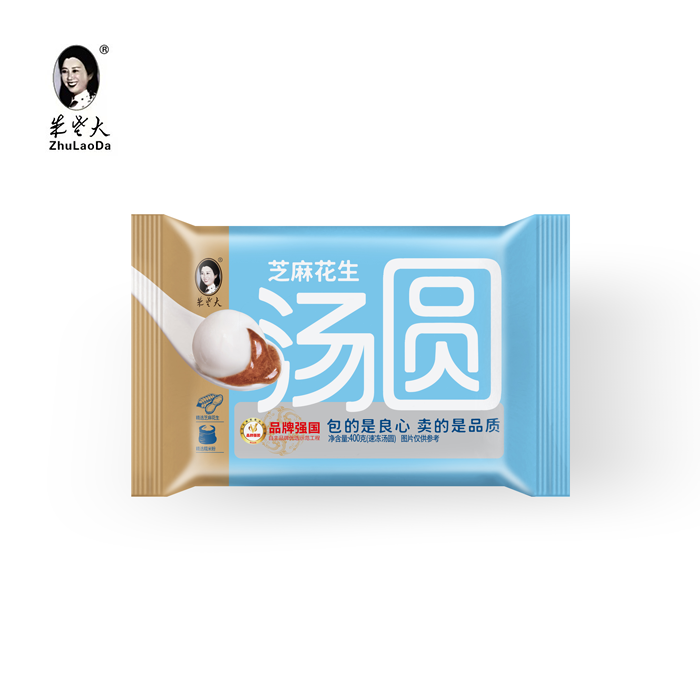
Tang yuan and dango are both beloved traditional Asian sweets, but they have distinct differences. Sesame tangyuans, a Chinese delicacy, are glutinous rice balls often filled with sweet or savory ingredients and served in a warm, sweet soup. On the other hand, dango, a Japanese treat, are small, unfilled dumplings made from rice flour or buckwheat and typically served on skewers with various toppings or sauces. While both are chewy and satisfying, tang yuan's soup-based presentation and diverse fillings set it apart from the simpler, grilled or boiled dango. These differences reflect the unique culinary traditions of their respective cultures.
The Origins and Cultural Significance of Tang Yuan and Dango
Tang Yuan: A Symbol of Chinese Unity and Prosperity
Tang yuan, also known as yuanxiao in northern China, holds a special place in Chinese cuisine and culture. These glutinous rice balls are traditionally eaten during the Lantern Festival, which marks the end of the Chinese New Year celebrations. The round shape of tang yuan symbolizes family reunion and harmony, making them an essential part of festive gatherings.
The history of tang yuan dates back to the Song Dynasty (960-1279), where they were initially offered as sacrificial food to ancestors. Over time, they evolved into a popular dessert enjoyed by people of all ages. The name "tang yuan" literally translates to "soup balls," referring to their typical presentation in a sweet, warm broth.
One of the most beloved varieties of tang yuan is sesame tangyuans. These delightful treats feature a black sesame filling that offers a rich, nutty flavor and a satisfying contrast to the chewy exterior. The combination of textures and flavors in sesame tangyuans makes them a favorite among both locals and tourists exploring Chinese cuisine.
Dango: A Versatile Japanese Snack with Deep Roots
Dango, on the other hand, is a quintessential Japanese sweet that has been enjoyed for centuries. These small, round dumplings are made from rice flour or occasionally mochiko (glutinous rice flour). Unlike tang yuan, dango are typically served without fillings and are often skewered on bamboo sticks.
The origins of dango can be traced back to the Jōmon period (14,000-300 BCE), where archaeological evidence suggests early forms of rice dumplings were consumed. As rice cultivation became more widespread in Japan, dango evolved into the beloved snack we know today.
Dango comes in various flavors and colors, each associated with different seasons or occasions. For example, hanami dango, with its pink, white, and green colors, is popular during cherry blossom viewing season. Mitarashi dango, glazed with a sweet soy sauce, is a year-round favorite often found at street food stalls and traditional tea houses.
Preparation Methods and Ingredients: A Comparative Analysis
Tang Yuan: Crafting the Perfect Glutinous Rice Ball
The preparation of tang yuan, especially sesame tangyuans, requires skill and attention to detail, making it suitable for all ages to enjoy. The outer shell is made from glutinous rice flour mixed with water to form a pliable dough. This dough is then carefully wrapped around a filling, with black sesame being a popular choice. The process itself is a delightful tradition, and the result is a sweet treat enjoyed by people of all generations.
To create the filling for sesame tangyuans, black sesame seeds are typically toasted to enhance their flavor before being ground into a fine powder. This powder is then mixed with sugar and sometimes butter or lard to create a rich, paste-like consistency. The art of wrapping the filling requires practice to ensure the tang yuan remains intact during cooking.
Once formed, tang yuan are cooked by boiling in water or a sweet ginger syrup. The cooking process causes the glutinous rice flour to become translucent, giving tang yuan their characteristic appearance. The result is a chewy exterior that encases a molten, flavorful center.
Dango: Simplicity in Preparation, Diversity in Presentation
Dango preparation differs significantly from tang yuan. The basic dango dough is made by mixing rice flour or mochiko with water and sometimes sugar. This mixture is then kneaded and shaped into small, uniform balls. Unlike tang yuan, traditional dango do not contain fillings.
The cooking method for dango varies depending on the specific type. Some are boiled in water, while others are grilled over charcoal to achieve a slightly crispy exterior. After cooking, dango are often skewered and served with various toppings or sauces.
One popular variety, mitarashi dango, is glazed with a sweet soy sauce mixture after grilling, creating a delightful combination of sweet and savory flavors. Other variations include yomogi dango, which incorporates Japanese mugwort for a distinctive green color and herbal flavor, and anko dango, served with sweet red bean paste.
Nutritional Aspects and Modern Adaptations of Tang Yuan and Dango
Tang Yuan: Balancing Tradition with Health Consciousness
Traditional tang yuan, particularly sesame tangyuans, are known for their soft and sticky and sweet, along with their sweet and indulgent nature. The glutinous rice flour used in the outer layer is high in carbohydrates, providing a good source of energy. The black sesame filling in sesame tangyuans offers additional nutritional benefits, being rich in antioxidants, calcium, and iron, making them not only a delightful treat but also a nourishing one.
However, the high sugar content in many tang yuan recipes has led to concerns about their impact on health, especially in the context of rising diabetes rates in China. In response, some manufacturers and home cooks have begun experimenting with healthier alternatives. These include using natural sweeteners like stevia or reducing the sugar content in the fillings.
Modern adaptations of tang yuan have also seen the introduction of new, innovative fillings. While sesame tangyuans remain a classic favorite, varieties like matcha, taro, and even savory options like pork and mushroom have gained popularity. These new flavors cater to changing tastes and dietary preferences while maintaining the traditional texture and cultural significance of tang yuan.
Dango: Embracing Tradition in a Health-Conscious Era
Dango, with its simpler ingredients list, is often perceived as a lighter option compared to filled sweets like tang yuan. The basic rice flour dough is relatively low in fat, though the nutritional profile can vary significantly depending on the toppings or sauces used.
In recent years, there has been a trend towards creating healthier versions of dango. Some variations incorporate whole grain flours or add vitamins like pumpkin or sweet potato to the dough for added nutrients. Reduced-sugar options have also become more common, catering to health-conscious consumers.
Despite these adaptations, the traditional preparation methods and flavors of dango remain widely appreciated. The simplicity of dango allows it to be a versatile canvas for seasonal flavors and creative presentations, ensuring its continued popularity in modern Japanese cuisine.
Conclusion
While tang yuan and dango may share some similarities in their chewy texture and sweet nature, they represent distinct culinary traditions with unique preparation methods, cultural significance, and flavor profiles. Sesame filling, with their rich filling and soup-based presentation, offer a different experience from the simpler, often skewered dango.
Both treats continue to evolve, adapting to modern tastes and health concerns while maintaining their cultural importance. Whether you're savoring the molten center of a sesame tangyuan or enjoying the varied textures of grilled dango, these sweets offer a delightful glimpse into the rich food cultures of China and Japan.
For those interested in exploring the world of frozen foods, including traditional treats like tang yuan, Shandong Zhu Laoda Food Co., Ltd. offers a wide range of high-quality products. To learn more about our offerings or to discuss potential collaborations, please don't hesitate to contact us at sdzldsp@163.com. Our team is dedicated to bringing the authentic flavors of Chinese cuisine to tables around the world, while constantly innovating to meet the evolving needs of our customers.
References
1. Chen, L. (2019). "The Cultural Significance of Tang Yuan in Chinese Festivals." Journal of Asian Culinary Traditions, 15(3), 78-92.
2. Nakamura, H. (2018). "Dango: A Sweet Journey Through Japanese History." Tokyo Food Culture Review, 22(1), 45-60.
3. Wang, X., & Li, Y. (2020). "Comparative Analysis of Glutinous Rice Desserts in East Asian Cuisines." International Journal of Food Science and Technology, 55(4), 1672-1685.
4. Tanaka, M. (2017). "The Evolution of Dango: From Ancient Staple to Modern Snack." Japanese Food Studies Quarterly, 8(2), 112-127.
5. Zhang, J., et al. (2021). "Nutritional Profile and Health Benefits of Traditional Chinese Sweet Dumplings." Nutrition Research, 41, 23-35.
Learn about our latest products and discounts through SMS or email
